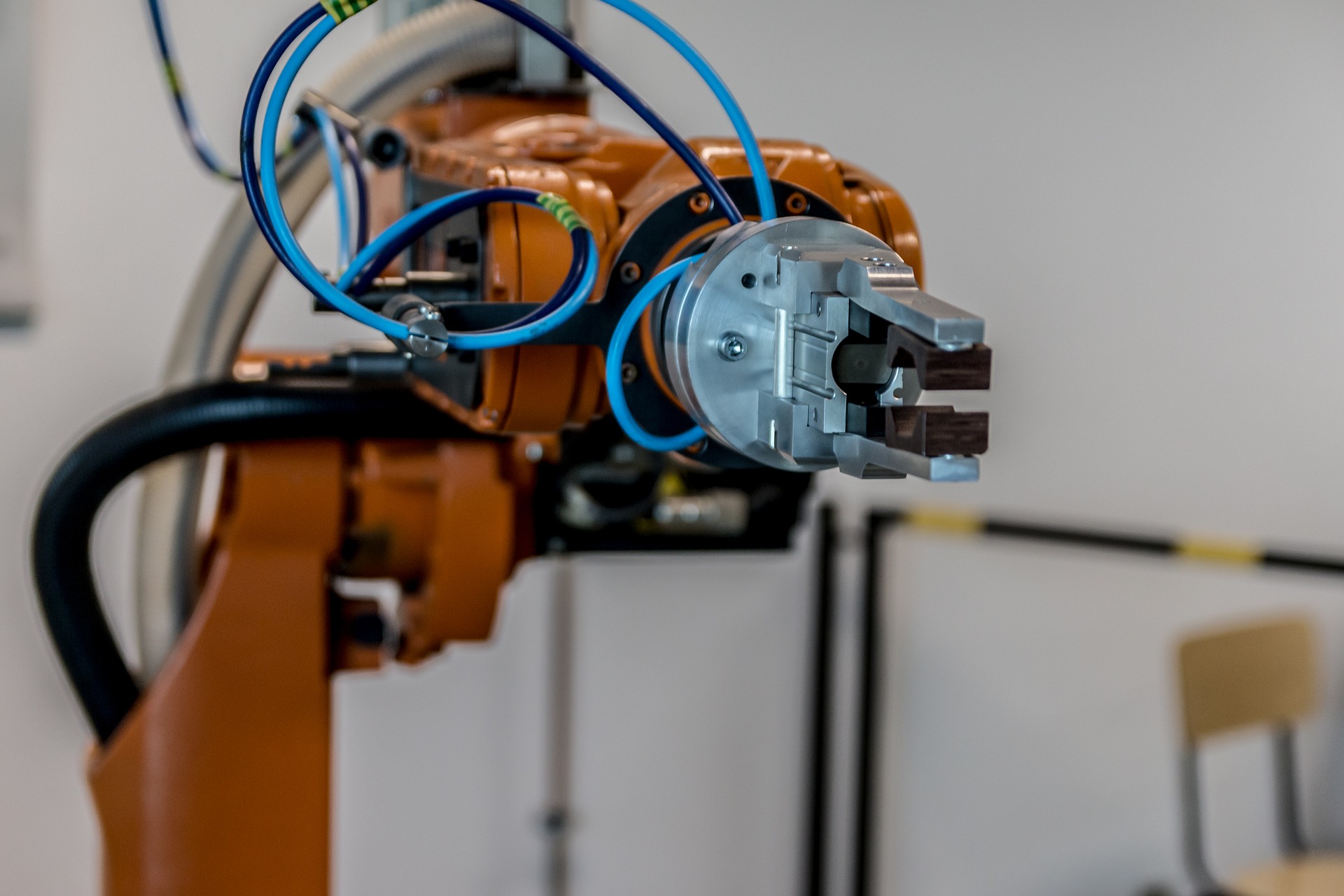With a recent £26.6 million investment by the UK Government(*) to manufacture robots to substitute human workers in hazardous environments, there has been some concern within the Health & Safety industry. But this technology investment isn’t all that bad… read more to find out!
Summary of investment
£19.6 million has been awarded to develop machines for maintenance and inspection works in pressure vessels, offshore wind farms and end-of-life nuclear facilities. The remaining £7 million has been given to university researchers who are working on developing robots to find and mend cracks in underground pipes.
Humans will not be replaced!
So yes, it may seem like this injection of funding towards technology in the Health & Safety industry is a cause for concern. However, when looking into the finer details, it is quite clear that these are not intended to replace human workers. Infact, it is likely to help reduce the number of accidents related to complex tasks. By making these high risk tasks automated, it will mean that human labour can be re-allocated to perform more important duties.
Virtual Reality
Another interesting development in the Health & Safety field is Virtual Reality. This works by giving people the chance to identify and fix safety breaches. If a problem isn’t detected, a crash-test dummy would fall from height, or be crushed (**), depending on the simulation.
The main advantage is getting people to work through the physical actions they would take in an emergency. This promotes muscle memory learning, so that in the eventuality that the situation arose in real life, the muscle memory would mean the person would respond more automatically.
In it for the long run
Whilst this is an excellent concept, it is a very expensive process - not only the VR headset itself, but the skill involved in creating the hazardous virtual environments. One significant drawback is the lack of real-world movement. Yes, you can touch and pick things up using VR, but obviously the lack of weighted objects
So whilst it is interesting to see how technology is developing in the world of Health & Safety, there is definitely a long way to go until things are actually put into practice. Skilled workers are always going to be favoured over robots, particularly as their skills will be transferable to other areas of the company.
Improve your skills - enrol with us today
Do you want to enhance your skills, and set yourself apart from other employees? Enrol on one of our Health & Safety training courses today. Flexible payment plans available, and no exams to take either!
